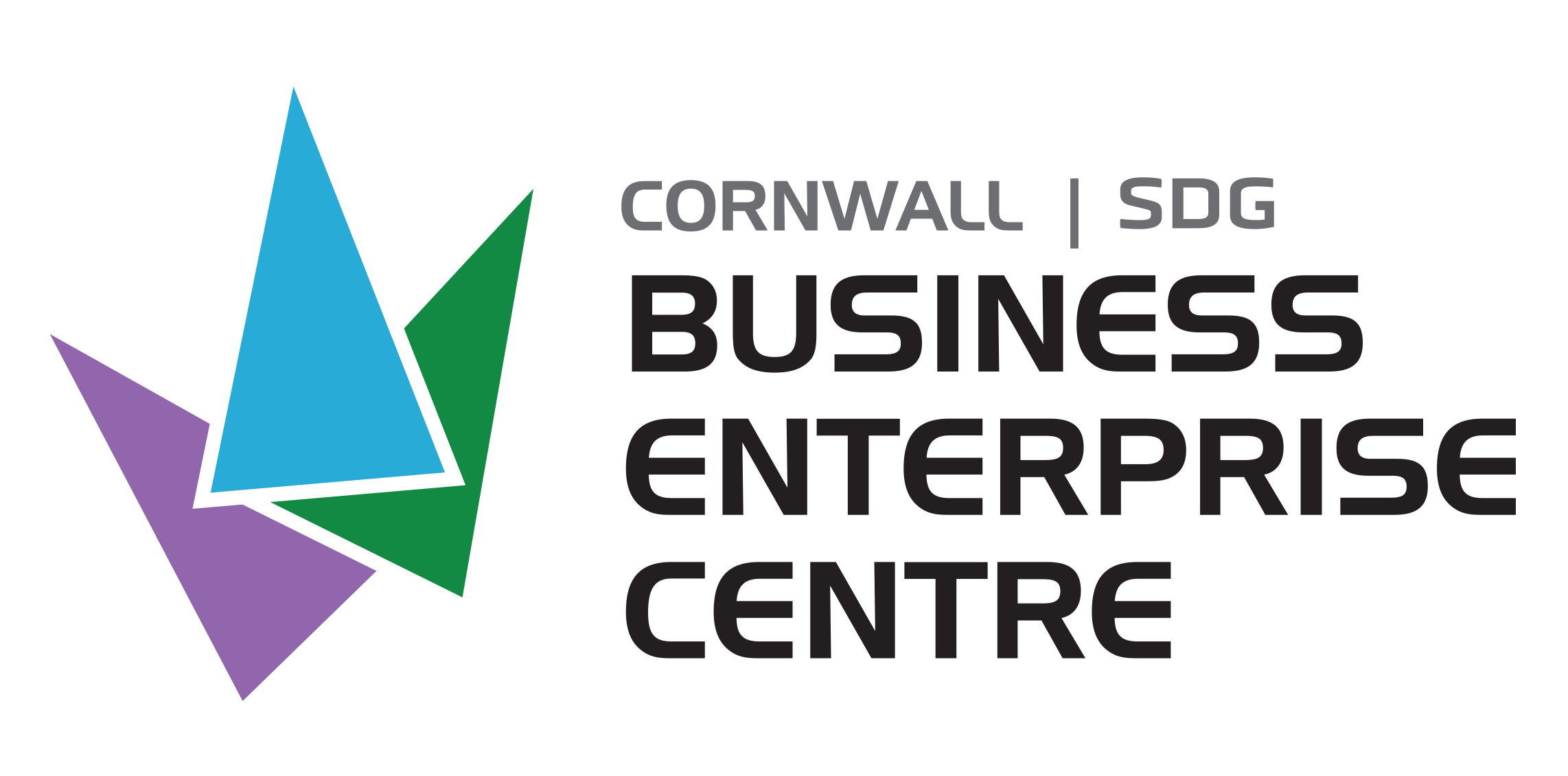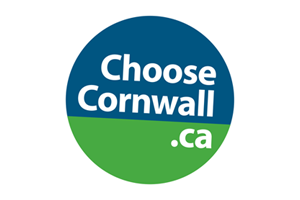December 21, 2020
By Bob Peters
Cornwall Ontario — As COVID-19 cases continue to rise at an alarming rate, the Ontario government, in consultation with the Chief Medical Officer of Health and other health experts, is imposing a Provincewide Shutdown. Additional restrictions will be put into place and reinforce that Ontarians should stay at home as much as possible to minimize transmission of the virus and prevent hospitals from becoming overwhelmed. The Provincewide Shutdown will go into effect as of Saturday, December 26, 2020, at 12:01 a.m.
Details were provided today by Premier Doug Ford, Christine Elliott, Deputy Premier and Minister of Health, Stephen Lecce, Minister of Education, Dr. David Williams, Chief Medical Officer of Health, and Dr. Naveed Mohammad, President and CEO, William Osler Health System.
“The number of daily cases continue to rise putting our hospitals and long-term care homes at risk,” said Premier Ford. “We need to stop the spread of this deadly virus. That’s why, on the advice of Dr. Williams and other health experts, we are taking the difficult but necessary decision to shutdown the province and ask people to stay home. Nothing is more important right now than the health and safety of all Ontarians.”
In response to these exceptional circumstances, the Provincewide Shutdown would put in place time-limited public health and workplace safety measures similar to those in other jurisdictions. It would help stop the trend of high COVID-19 transmission in communities, preserve health system capacity, safeguard vulnerable populations and those who care for them, and save lives. Measures include, but are not limited to:
- Restricting indoor organized public events and social gatherings, except with members of the same household (the people you live with). Individuals who live alone may consider having exclusive close contact with one other household.
- Prohibiting in-person shopping in most retail settings – curbside pickup and delivery can continue. Discount and big box retailers selling groceries will be limited to 25 per cent capacity for in-store shopping. Supermarkets, grocery stores and similar stores that primarily sell food, as well as pharmacies, will continue to operate at 50 per cent capacity for in-store shopping.
- Restricting indoor access to shopping malls – patrons may only go to a designated indoor pickup area (by appointment only), essential retail stores that are permitted to be open (e.g. pharmacy, grocery store), or, subject to physical distancing and face covering requirements, to the food court for takeout purchases. Shopping malls may also establish outdoor designated pickup areas.
- Prohibiting indoor and outdoor dining. Restaurants, bars and other food or drink establishments will be permitted to operate by take out, drive-through, and delivery only.
On the advice of the Chief Medical Officer of Health, all Ontarians are advised to stay home as much as possible with trips outside the home limited to necessities such as food, medication, medical appointments, or supporting vulnerable community members. Employers in all industries should make every effort to allow employees to work from home.
The current COVID-19 Response Framework will be paused when the Provincewide Shutdown comes into effect. The impacts of these time-limited measures will be evaluated throughout the 14 days in Northern Ontario and 28 days in Southern Ontario to determine if it is safe to lift any restrictions or if they need to be extended.The Chief Medical Officer of Health will assess and apply lessons learned thus far to the COVID-19 Response Framework to ensure appropriate and effective measures are in place to protect the health of Ontarians and enable economic recovery after the Provincewide Shutdown ends. This will include an assessment of how a revised approach for the safe reopening of retail may be operationalized, according to the latest available evidence.
“This was not an easy decision before the holidays, but we have reached a tipping point,” said Minister Elliott. “We continue to see sharp increases in hospitalizations and occupancy in intensive care units is reaching concerning levels. Urgent action must be taken to prevent our health care system from becoming overwhelmed. By implementing a Provincewide Shutdown, we can work to stop the virus in its tracks, safeguard hospital capacity, and save lives.”
The government is also providing $12.5 million to implement a High Priority Communities Strategy to contain the virus in high-risk communities. The strategy will take a tailored, community-based approach to fund community agencies in 15 priority communities in the York, Peel, Durham, Ottawa, and Toronto regions. The funding will also allow for the hiring of community ambassadors to make people aware of available services and assistance, for coordination of increased testing opportunities and for the arrangement of wraparound supports for those who are COVID-positive. Additional funding of $42 million will also be available to establish isolation centres.
The province will work with our local municipal partners to establish new isolation centres to help those who may need to isolate following testing.
“We continue to see the number of cases in the province grow and the trends in public health indicators worsen. Additional measures are needed provincewide in order to interrupt this concerning growth,” said Dr. Williams. “We must work together to enable everyone to follow these new and time-limited restrictions and protect our health system and our communities.”
The government is working to limit the transmission of COVID-19 in workplaces by supporting essential businesses in doing whatever is necessary to keep workers safe. The Ministry of Labour, Training and Skills Development is leading a multi-ministry COVID-19 Safety Team. The team will partner with local authorities to carry out additional enforcement blitzes in sectors where they are needed most.
New School Protocols
While transmission in schools remains low, all publicly funded and private elementary and secondary schools are to move to teacher-led remote learning when students return from the winter break on January 4, 2021. This action is being taken in support of the Government’s broader efforts to limit the spread of COVID-19.
Schools located in the following Public Health Unit regions can resume in-person instruction on January 11, 2021 for both elementary and secondary students:
- The District of Algoma Health Unit
- North Bay Parry Sound District Health Unit
- Northwestern Health Unit
- Porcupine Health Unit
- Sudbury and District Health Unit
- Thunder Bay District Health Unit
- Timiskaming Health Unit
For schools in all other Public Health Unit regions, elementary school students are planned to be able to return to in-person learning on January 11, 2021, and secondary school students will continue learning remotely until January 25, 2021, at which point they may resume in-person learning. During this period, child care centres, authorized recreational and skill building programs and home-based child care services will remain open. From January 4-8, 2021, when elementary students move to remote learning, before and after school programs will be closed and emergency child care for health care and frontline workers will be provided. As part of the government’s efforts to protect the most vulnerable, boards will be required to make provisions for continued in-person support for students with special education needs who cannot be accommodated through remote learning for whom remote learning is challenging.
“While our schools are not a source of rising community transmission, we can play an important part of the solution to save lives from COVID-19,” said Minister Lecce. “During this period, students will pivot to teacher-led online learning, with child care provided for our frontline workers. We are taking proactive and preventative action to protect schools following the holiday break to ensure kids can continue in-class learning — something we believe is so important — for the remainder of the year.”
The New Ontario Small Business Support Grant
The government recognizes that small businesses impacted by these necessary public health measures will require additional support so they can continue serving their communities and employing people in Ontario once the COVID-19 pandemic is over. That is why the government is announcing the new Ontario Small Business Support Grant, which will provide a minimum of $10,000 and up to $20,000 to eligible small business owners to help navigate this challenging period.
“Ontario’s business owners have shown remarkable resolve and ingenuity throughout the pandemic. They know better than anyone what they need to come through this very difficult time, so they can continue to serve and employ people in their communities,” said Rod Phillips, Minister of Finance. “The new Ontario Small Business Support Grant will provide significant financial support to eligible small business owners in addition to the other supports made available to our small business community.”
Small businesses required to close or restrict services under the Provincewide Shutdown will be able to apply for this one-time grant. Each small business will be able to use the support in whatever way makes the most sense for their individual business. For example, some businesses will need support paying employee wages or rent, while others will need support maintaining their inventory.
Eligible small businesses include those that:
- Are required to close or significantly restrict services subject to the Provincewide Shutdown effective 12:01 a.m. on December 26, 2020;
- Have less than 100 employees at the enterprise level; and
- Have experienced a minimum of 20 per cent revenue decline in April 2020 compared to April 2019.
Starting at $10,000 for all eligible businesses, the grant will provide businesses with dollar for dollar funding to a maximum of $20,000 to help cover decreased revenue expected as a result of the Provincewide Shutdown. The business must demonstrate they experienced a revenue decline of at least 20 per cent when comparing monthly revenue in April 2019 and April 2020. This time period was selected because it reflects the impact of the public health measures in spring 2020, and as such provides a representation of the possible impact of these latest measures on small businesses.
Essential businesses that are allowed to remain open will not be eligible for this grant. More information about the Ontario Small Business Support Grant is available here. Further details, including how to apply, will be announced in January 2021.
Businesses that are impacted by the Provincewide Shutdown will also be eligible for the property tax and energy cost rebates. In November, the government launched a program to provide rebates to offset fixed costs such as property tax and energy bills for businesses that are required to shut down or significantly restrict services due to provincial public health measures. These Ontario Small Business Support Grant rebates will continue to be available for businesses impacted by the Provincewide Shutdown and earlier restrictions. Business can apply for the rebates here.
QUICK FACTS
- Currently, hospitalizations for COVID-19 have increased by 74 per cent over the last four weeks and are more than 15 times higher than they were at the beginning of September. Intensive care unit (ICU) occupancy for COVID-19 has more than doubled over the last four weeks and is 20 times higher than at the beginning of September.
- Ontario currently has 915 COVID-19 patients requiring acute care, 265 patients in ICU, with 152 on a ventilator.
- Based on the latest modelling data, cases across the province are continuing to grow and the number of people requiring an intensive care bed is projected to rise well above 300 people within the next 10 days.
- Some jurisdictions around the world, including those in Canada have implemented similar time-limited measures to respond to a dramatic resurgence in cases. Based on their experiences, measures of four to six weeks are expected to interrupt transmission of COVID-19 in Ontario.
- Municipalities and local medical officers of health may have additional restrictions or targeted requirements in their region.
- If you have questions about what will be open or impacts to your business or employment, call the Stop the Spread Business Information Line at 1-888-444-3659.
- Get tested if you have symptoms compatible with COVID-19, or if you have been advised of exposure by your local public health unit or through the COVID Alert App. Visit Ontario.ca/covidtest to find the nearest testing location.
- The Ontario Small Business Support Grant is part of the Province’s more than $13.5 billion in support for people and jobs outlined in the 2020 Budget, Ontario’s Action Plan: Protect, Support, Recover. It is also in addition to $4.8 billion to address critical areas to support a strong long-term recovery that helps workers, employers and communities get back on their feet, while building the foundation for recovery and growth.
- To find the right supports, visit COVID-19: Support for People, which has information about the many available and free mental health services and supports.
- To stay safe you can download the COVID Alert App free from the Apple and Google Play app stores.
- To date, as part of the province’s COVID-19 immunization program, over 3,000 frontline health care workers have been vaccinated.
- Schools continue to be safe, and according to data reported by school boards, as of Friday, December 18: approximately 99.64 per cent of students in Ontario have not reported a case of COVID-19; approximately 92 per cent of schools across the province have had either no cases or one case reported within the last 14 days; and approximately 80 per cent of schools do not have an case of COVID-19.



